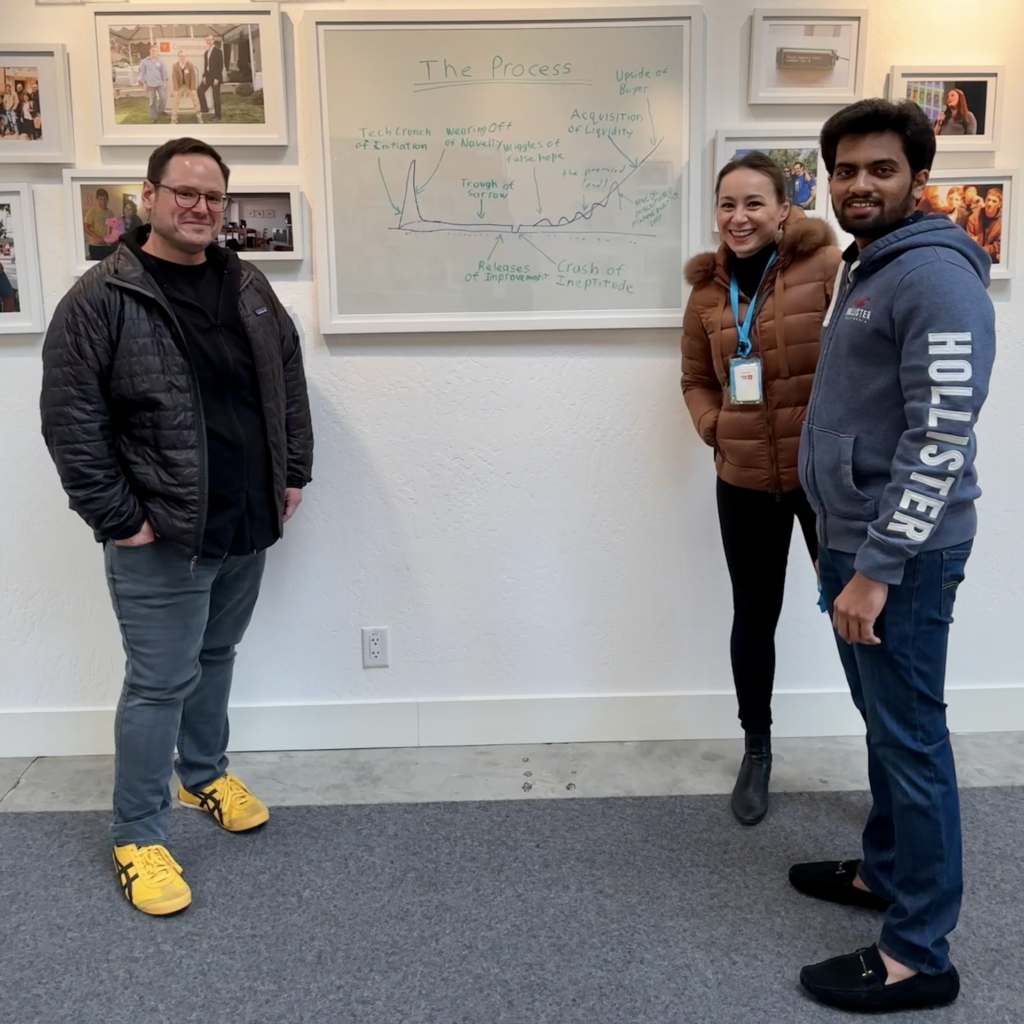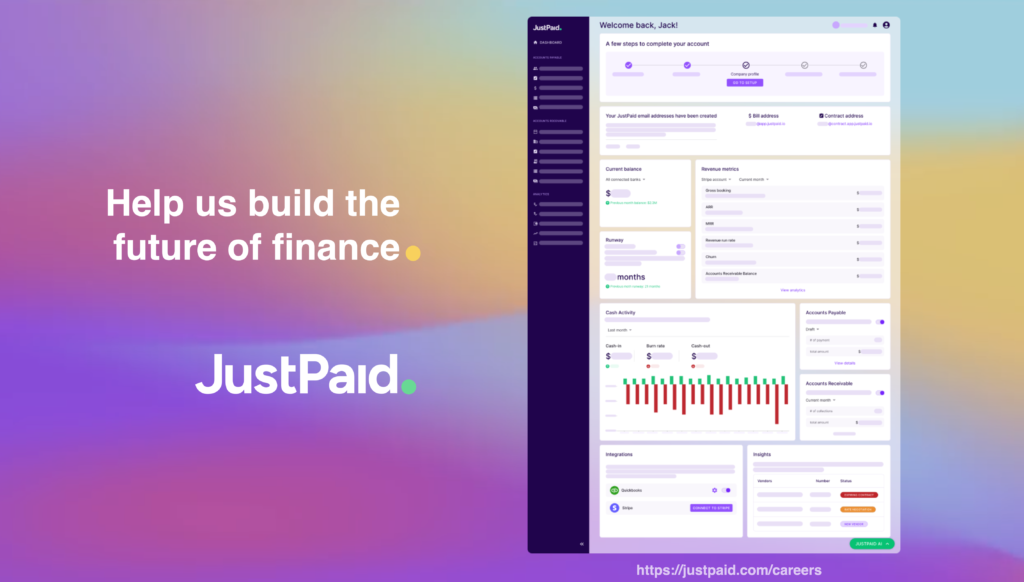
Looking to work at a Silicon Valley tech startup?
Build something amazing and show us what you can create. We are looking for amazing people can inspire us and for us to learn from. Teach us something. We want to be inspired working with you. We are building a culture where creators, builders can work together to make something people want.
The list below is a list of possible projects. Pick one on this list and incorporate something AI related into it. Post your project on GitHub and shoot a video talking through what you built. After that, lets talk!
- E-commerce Platform:
- Database: Use Amazon RDS with PostgreSQL to manage product listings, user data, purchase history, and reviews.
- Backend: Implement the API using Django and Python. Use Django’s ORM to connect to the PostgreSQL database.
- Frontend: Design the user interface using React components from the MUI library. Write the React code in TypeScript for type safety. Use Next.js for server-side rendering and static site generation for performance.
- Bonus: Use Next.js API routes to create a proxy layer between the frontend and Django backend.
- Blog Platform:
- Database: Store blog posts, user profiles, and comments in PostgreSQL on Amazon RDS.
- Backend: Use Django to create APIs for creating, retrieving, updating, and deleting blog posts.
- Frontend: Implement the blog using React components from MUI, with TypeScript for static typing. Utilize Next.js for efficient routing and rendering of pages.
- Bonus: Implement user authentication and authorization.
- Job Board:
- Database: Design tables in PostgreSQL on RDS for job listings, companies, and applicant data.
- Backend: Create a Django backend to handle CRUD operations for job listings and handle application uploads.
- Frontend: Design a slick job listing page using React and MUI. Use TypeScript with React for type safety and better developer experience. Employ Next.js for navigation and efficient rendering.
- Bonus: Implement a real-time search feature using Django and display the results using Next.js and React.
- Dashboard Application:
- Database: Use PostgreSQL to store time-series data or key performance indicators.
- Backend: Develop APIs using Django to aggregate and fetch the data.
- Frontend: Use React and MUI to design dashboard widgets. Implement TypeScript to ensure type safety and robustness in data handling. Utilize Next.js for SSR and efficient data fetching techniques like
getStaticPropsandgetServerSideProps. - Bonus: Implement a feature for users to customize their dashboard layout.
- Event Management System:
- Database: Host event data, user registrations, and event schedules in PostgreSQL on RDS.
- Backend: Use Django to manage user registrations, event CRUD operations, and attendee management.
- Frontend: Create an event display page using React and MUI components. Employ TypeScript for better data handling. Use Next.js for efficient rendering and dynamic page generation.
- Bonus: Implement a ticketing system.
When reviewing projects developed using these technologies, it’s crucial to pay attention to:
- Code Quality: Adherence to best practices in TypeScript, Django, React, and SQL.
- Database Design: The efficiency of the PostgreSQL schema, use of indexes, and normalization.
- Performance: How efficiently data is fetched and rendered, especially in Next.js.
- Scalability: The architecture’s ability to handle increased loads, especially on the database side with RDS and the backend with Django.
- Usability and Design: How effectively MUI components are used to create an intuitive and appealing user experience.
Also please submit your application as well so we have information, apply here –
https://airtable.com/appKGbQFY1SLWaBf4/shr6ffqRWbnQoZ2BW
After you do one of these projects, one post it on your public GitHub for your resume, then lets talk! Send what you made to careers@justpaid.io and the team will find us a time to connect. If you can post a walk through on YouTube publicly, that would be amazing so our whole team can look at what you built.
